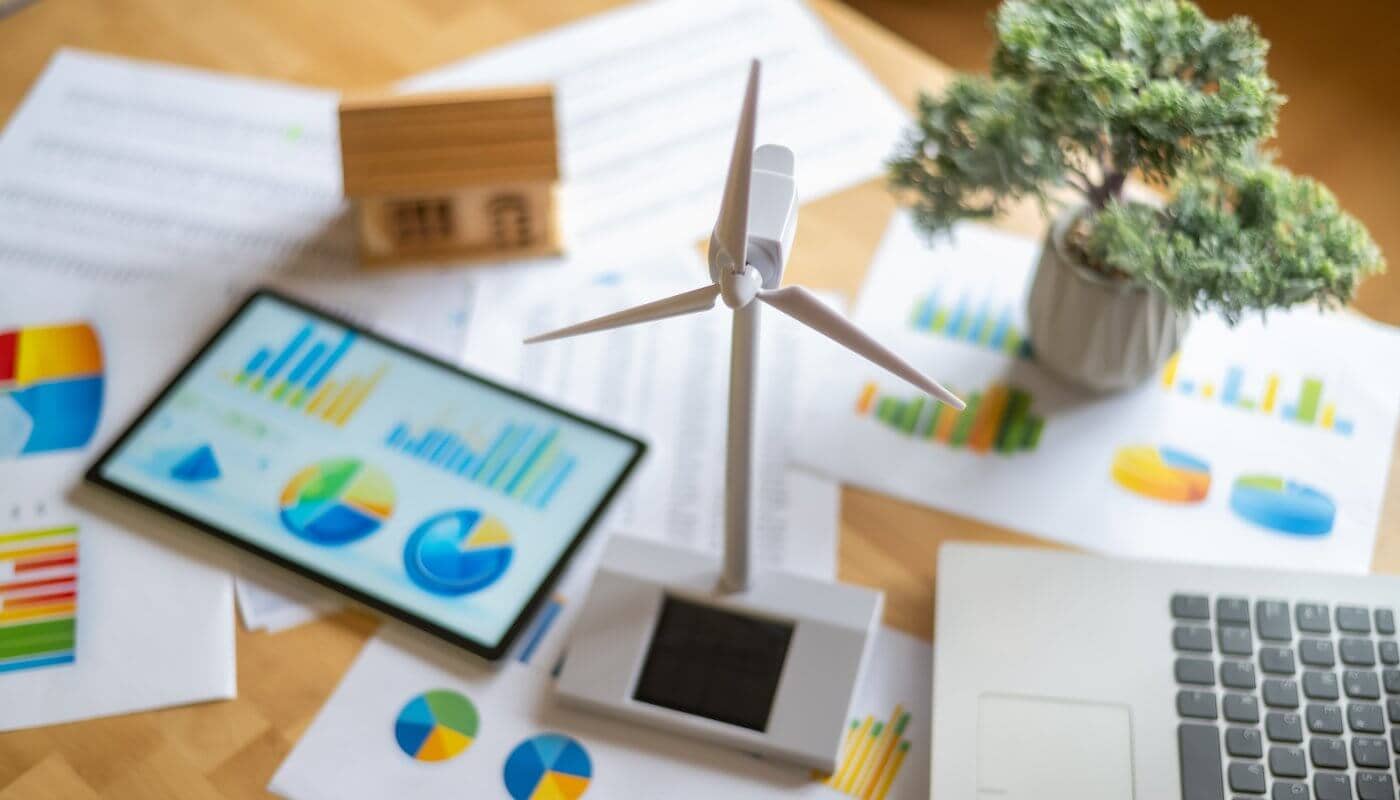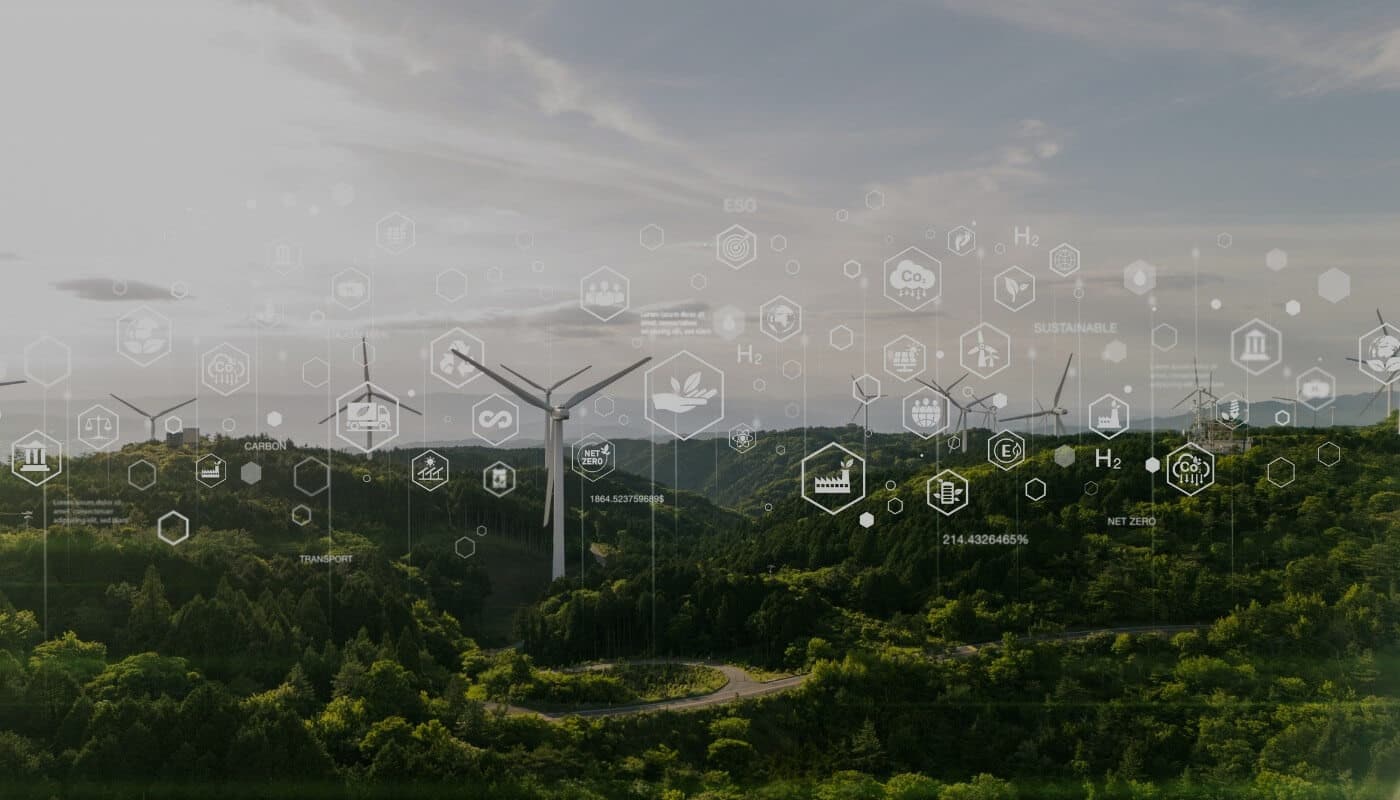When you think about sustainability, you probably won’t have Latin America at the top of your mind. It is indeed a region with many environmental and social challenges, which have been reinforced during the current pandemic. The region holds about 8% of the world´s population and yet it accounted for one-third of global COVID-19 infections, as of November 2020. In such a scenario, sustainability almost seems to be a ‘vaccine’ that could re-build the region1.
If we look at ESG2 investing in the past, it concerned only a specific kind of socially responsible investor. However, the trend has shifted, and the current generation’s long-term wealth depends on an economic system that encourages sustainability, environmental balance, social equality, and well-governed companies.
The purpose of this blog is to provide an overview of how ESG practices are being implemented in Latin America’s capital markets, including efforts in the financial industry. We will also undertake a quick analysis of how the region is catching up with global trends.
Investor Appetite
Pushed by a new wave of millennial investors and government commitments, ESG instruments have gained a big space in the investment community. According to investment managers’ surveys, the appetite for this kind of investment is the strongest in Latin America, as indicated below3:
- Almost 63% of investors consider their investments to be a way of making a positive social and/or environmental impact.
- Another 57% believe that their investments can have a positive impact on the world, compared with 47% globally (it is the best result among all the regions).
- About 69% say that they would be more inclined to buy a fund if it demonstrated a better carbon footprint than others. This clear investor interest has been demonstrated in AUM growth, regulation generation, and investment instrument creation (which we will discuss later).
Assets Under Management Likely to Grow
According to the Global Sustainable Investment Alliance (GSIA)4, in the developed economies, ESG products accounted for around USD 30.7 trillion, or 26% of total AUM in 2019. Bloomberg forecasts that ESG investment AUM will reach around USD 53 trillion or 37% of the total AUM of USD 140 trillion globally, with regions such as Europe reaching a 50% share of global AUM5.
On the other hand, the Latin American markets registered an ESG AUM of about USD 43 billion in 2020, which is less than 1% of the region’s total AUM. According to PwC6, Latin America’s total AUM will grow from USD 8 trillion to USD 14 trillion in the next five years. If we assume that the LATAM region will catch up with the global ESG trend over the next decade, we have a gap of over USD 1.7 trillion to fill in five years, considering an ESG share of 13% (half the current global ESG share).
Countries such as Japan7 have been able to quickly ramp up exposure to ESG, to increase their share of ESG assets as a percentage of total assets to 18.3% in 2018 from 3.4% in 2016.
This gap will be filled only as long as the region, starting with asset managers, commits to implementing green investment vehicles. The number of Latin American asset managers that have pledged to adopt the United Nations’ Principles for Responsible Investment (PRI) grew from around 10 PRI signatories in 2018 to almost 80 by the end of 20208. Globally, there are more than 2,300 PRI signatories with assets ascending to USD 86 trillion+.
Booming ESG-related Bonds Issuance
Despite the pandemic, Global green bond issuance9 is booming and reached a cumulative issuance of USD 1 trillion in 2020, with a record USD 290 billion issued during the year. A bulk of the proceeds supported energy, buildings, and transportation initiatives. Most reports indicate that the green bond market is likely to double in the next three years, particularly in emerging markets.
In the graph below, Europe led green bond issuance globally with nearly 50% allocation in 2020, North America remained at the same issuance level, Asia-Pacific experienced a reduction in issuance, and Latin America showed an outstanding increment (explained later in the document).
In 2020, Latin American governments issued around USD 8 billion in green, social, and sustainable bonds, representing a 65% growth compared with 2019. Chile led by offering USD 3.8 billion in total, including the largest sustainability bond in the region (second largest in the EM region). Meanwhile, Brazil placed several issues for almost USD 2 billion, and the rest of the region (Mexico, Panama, Uruguay, Peru, and Colombia) contributed USD 2.1 billion. We estimate that by 2023, Latin America could reach a USD 20 billion ESG issuance milestone.
Regulators Help Change the Game
Latin American governments are actively working to create regulations in line with ESG values. For example, the Chilean Financial Market Commission has introduced the obligation to disclose ESG data in financial statements, starting January 2021. These government regulations seek to make high-quality data easily accessible, as data unavailability has been one of the biggest challenges during the creation of ESG investment vehicles10. In fact, Chile is the only Latin American country to make this provision mandatory.
Colombia, Brazil, and Mexico have started moving regulations through their departments of finance, and national and supranational institutions to foster a framework for ESG investments.
Summary of Regulations Across the Latin American Region
Asia as an Example
Where does Latin America stand with respect to ESG? How much more does the region have to grow and at what rate? ESG adoption in other regions could give us the answers to these questions. Asia is quickly catching up in the ESG arena. Asian ESG assets grew by 130% in 2020, supported mainly by pressure from the investor community and increasing awareness about sustainability problems. The change in ESG regulations is being led by Singapore, Hong Kong, and Korea, which have regulated disclosure of ESG data.
China, Japan, and Korea have announced carbon-neutral goals for up to 2050–60. Coming from a region that contributes nearly half of the global carbon emissions, this is an important message for the rest of the world. In order to achieve the goals, China has become the second-largest green bond issuer (~USD 142 billion) in 2019, Japan issued green bonds worth USD 12 billion in 2020, and India has budgeted ESG related investments worth USD 2.1 trillion.
Conclusion
For the next generation of investors in Latin America, investing in companies and markets that foster good practices and are focused on a better and more sustainable future is of great importance. The image projected by companies in society and the communities with whom they interact is more of a concern now than it ever was. Environmental good practices, social concerns, gender equality, inclusion, biodiversity, and many other topics are becoming increasingly relevant.
Latin America is starting to take advantage of the opportunities ESG can bring to its markets. The Paris Agreement signed by several countries and the need to change energy generation to renewable sources creates a meaningful opportunity for the region to create sustainable investment vehicles, particularly if we consider that ESG AUM portfolio allocation is still low compared to regions such as the EMEA and countries such as the US.
Socially responsible and impactful investing is expected to continue driving Latin America’s asset funding in the coming years. We have already seen the effect through GDP contraction of 7%, the largest in the world in 2020 (global slowdown of 3.3%)11. Therefore, topics like health infrastructure, gender equality, access to the internet, education, and social inclusion are going to become the drivers of the social investment agenda in Latin America. Supranational agencies are recommending that governments ‘green’ their actions to overcome the economic crisis created by the COVID-19 pandemic. Such actions will promote ESG investments while we reach the back-to-normal scenario.
Latin American countries are catching up with global trends and are closely following the steps of regions such as Asia, although with its own challenges, where ESG investments will transition from niche to norm.
References:
- https://www.weforum.org/agenda/2020/07/esg-investing-latin-america-covid-19-era/
- CFA UK Institute ESG “Investing is an approach to managing assets where investors explicitly acknowledge the relevance of environmental, social and governance factors in investment decisions”
- https://www.im.natixis.com/latam/research/latin-america-has-the-greatest-global-demand-for-esg-investments
- http://www.gsi-alliance.org/wp-content/uploads/2019/06/GSIR_Review2018F.pdf
- https://www.bloomberg.com/professional/blog/esg-assets-may-hit-53-trillion-by-2025-a-third-of-global-aum/
- https://im.sura-am.com/sites/default/files/2019-12/LATAM-2025-BAT-EstudioPWC.pdf
- http://www.gsi-alliance.org/wp-content/uploads/2019/06/GSIR_Review2018F.pdf
- https://www.unpri.org/pri-blogs/2020-the-year-of-responsible-investments-expansion-in-latin-america/6907.article
- https://www.climatebonds.net/files/reports/cbi_sd_sotm_2020_04d.pdf
- https://www.cmfchile.cl/portal/prensa/604/articles-29073_doc_pdf.pdf
- https://www.weforum.org/agenda/2021/04/covid19-economic-recovery-short-long-term/




